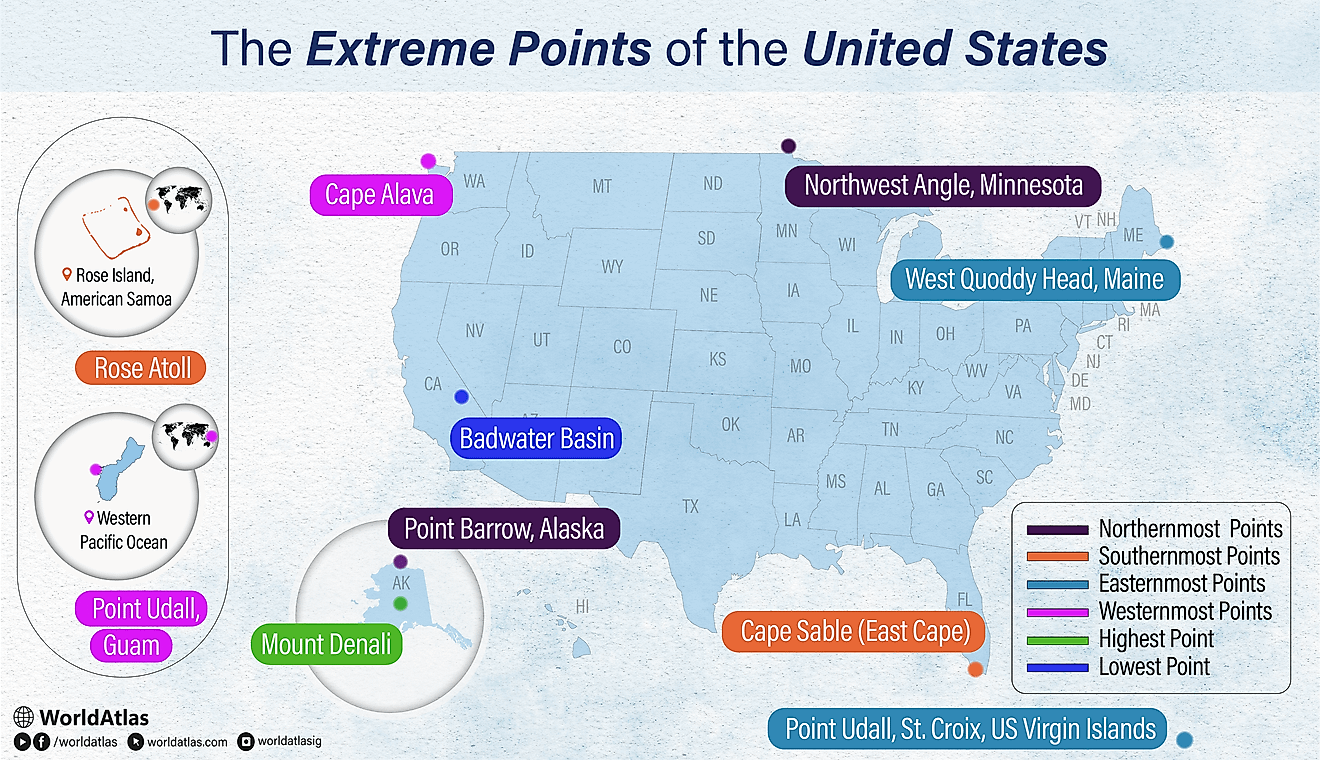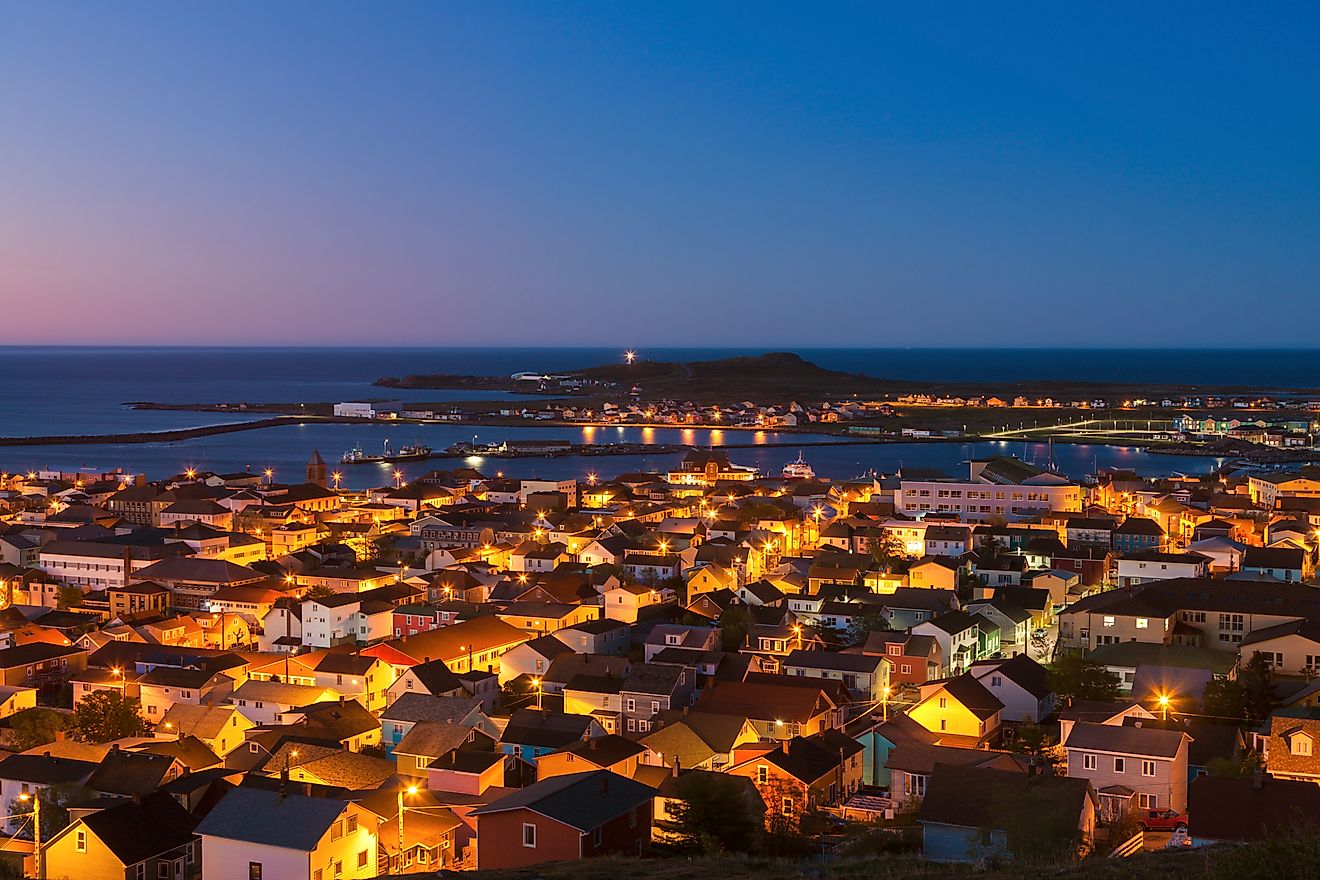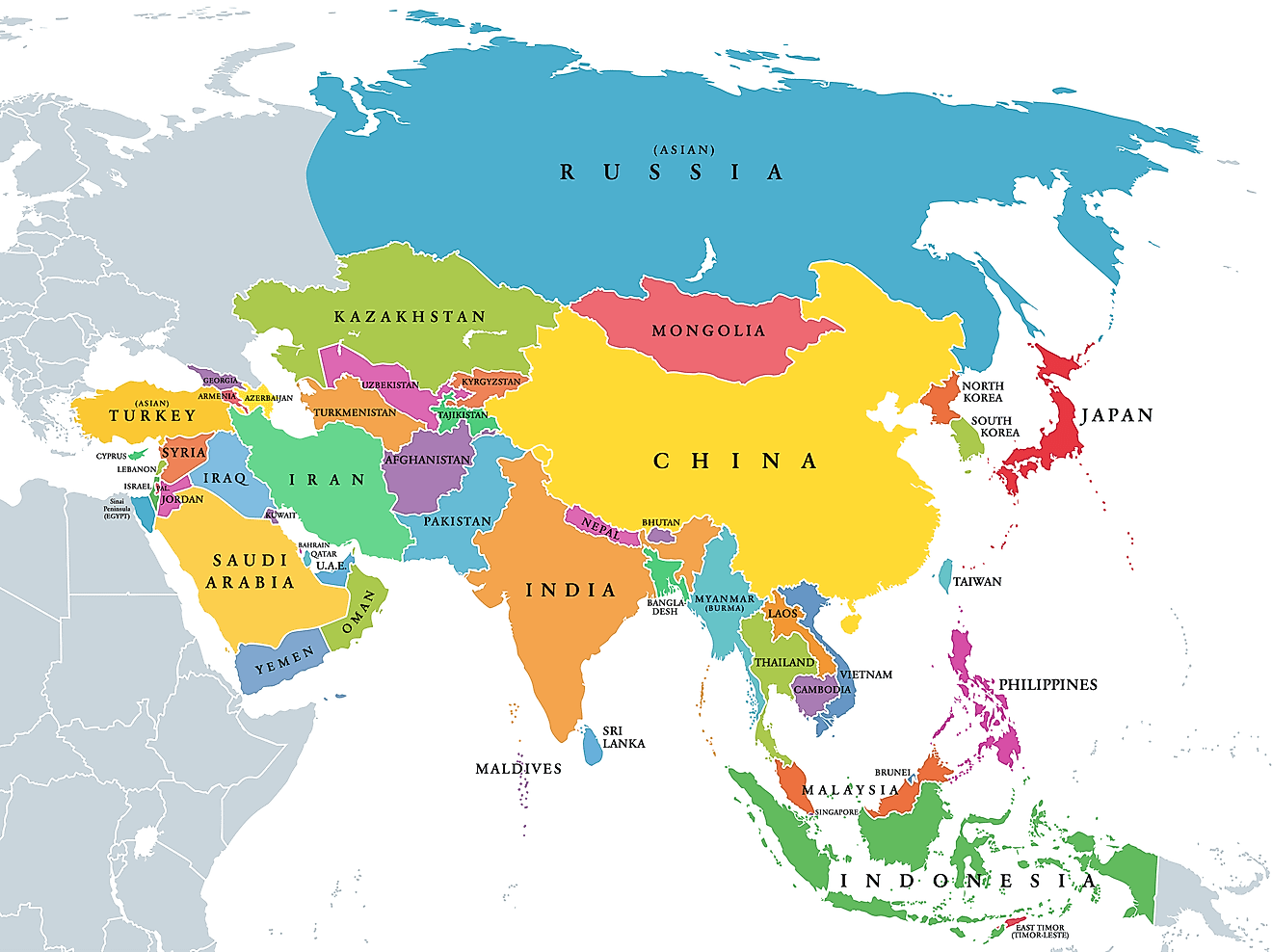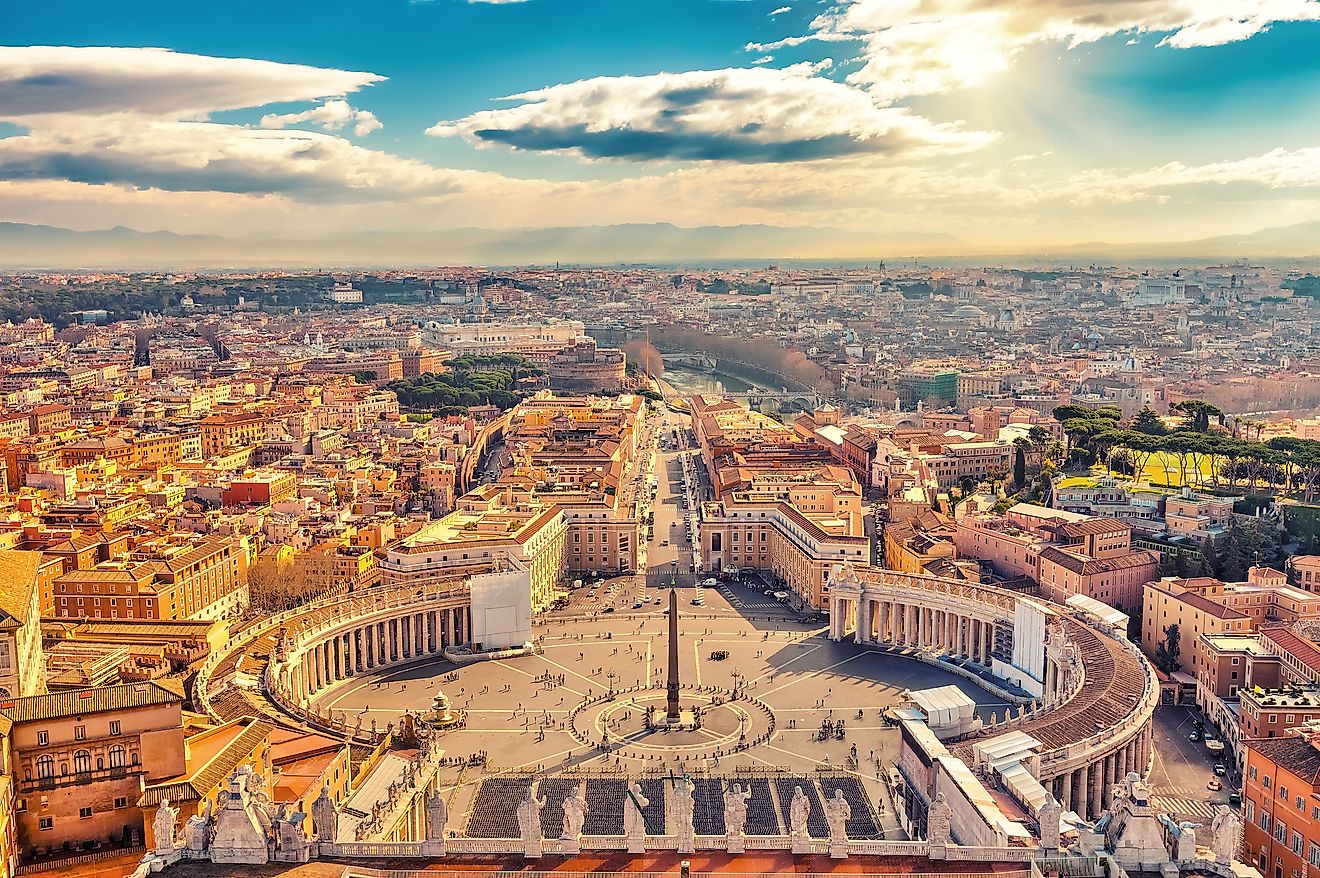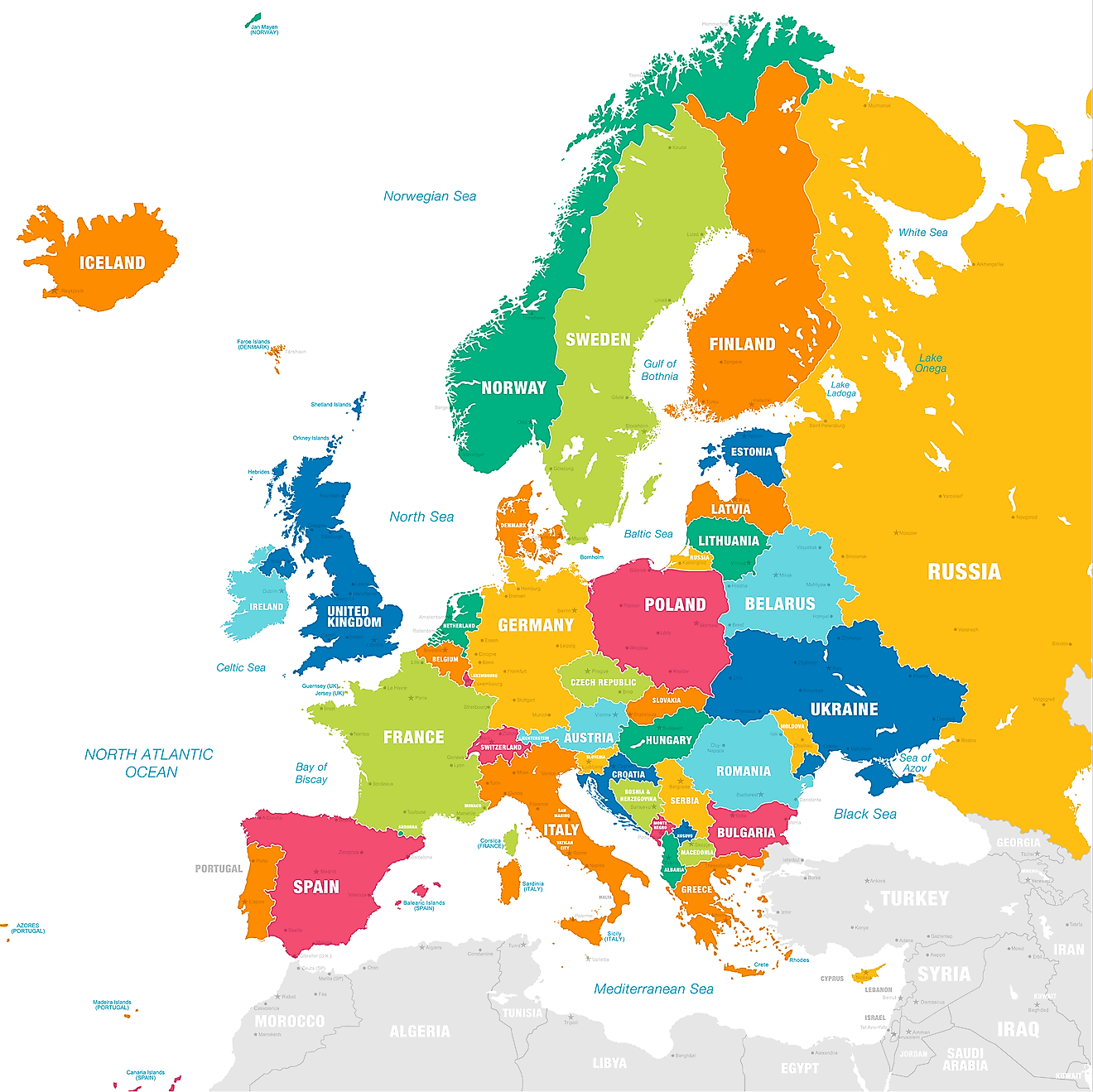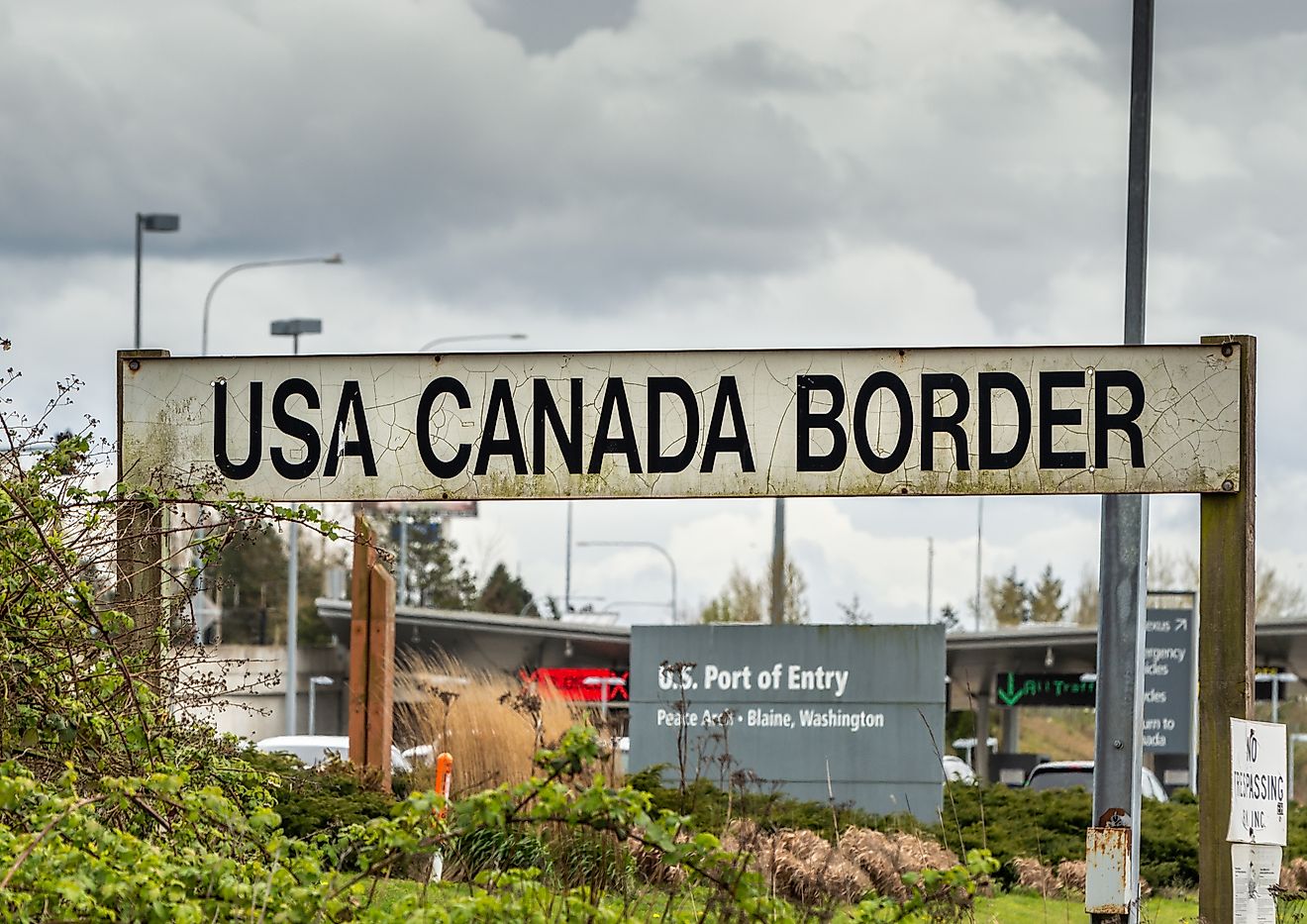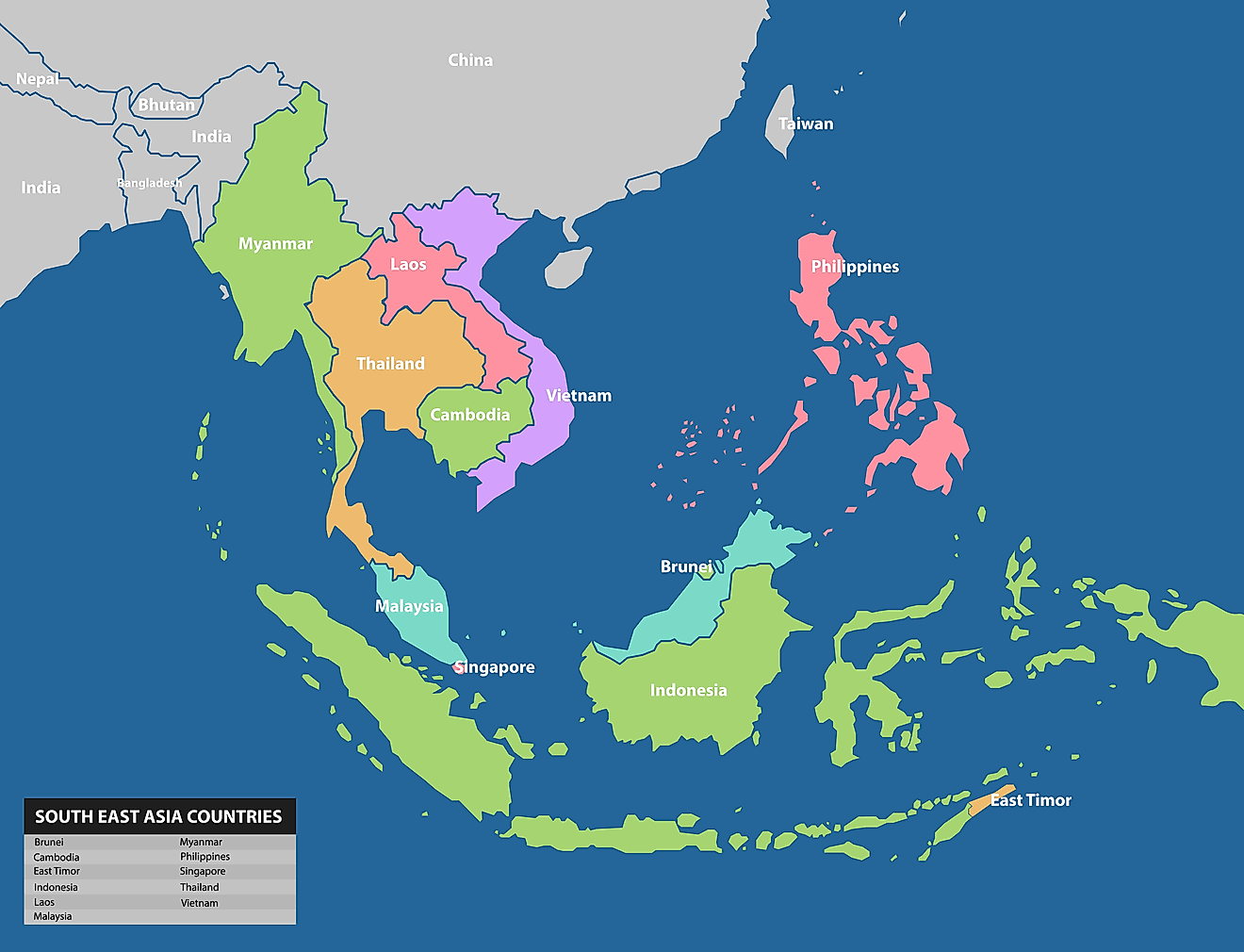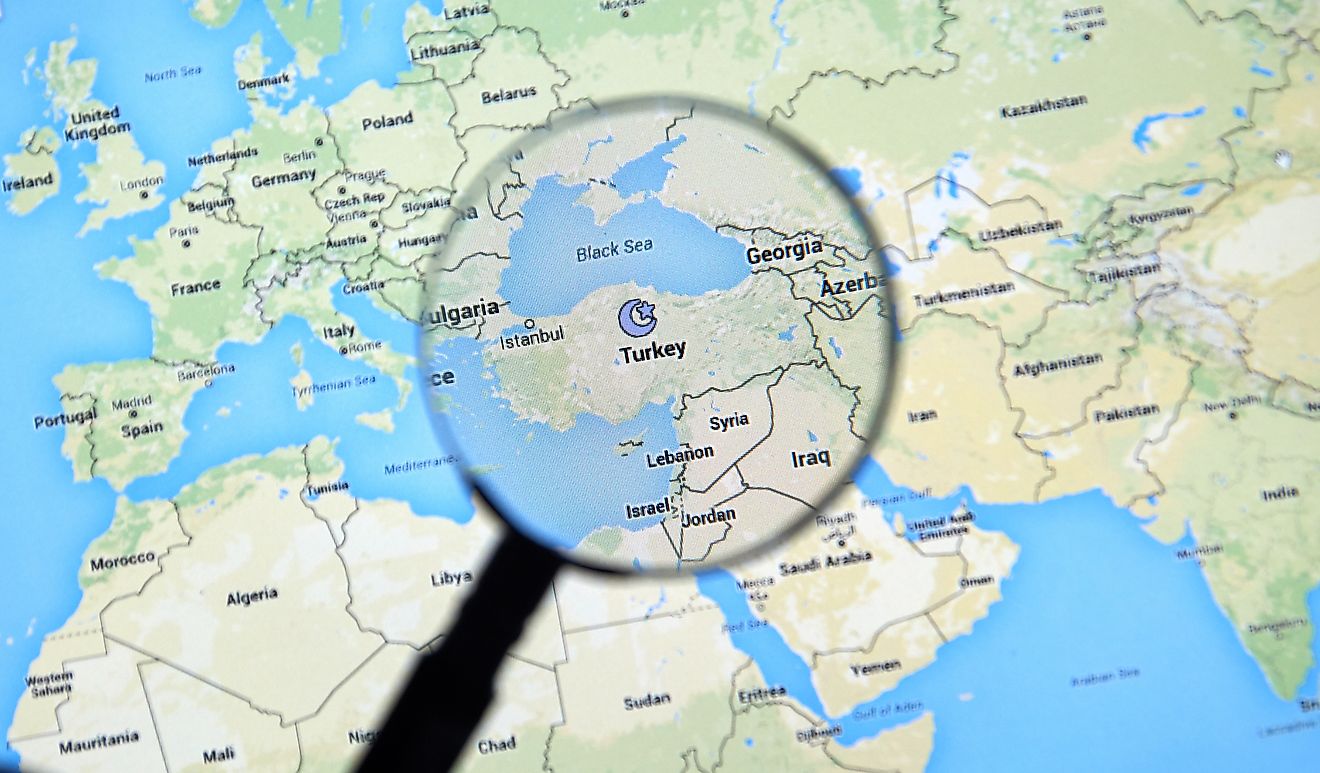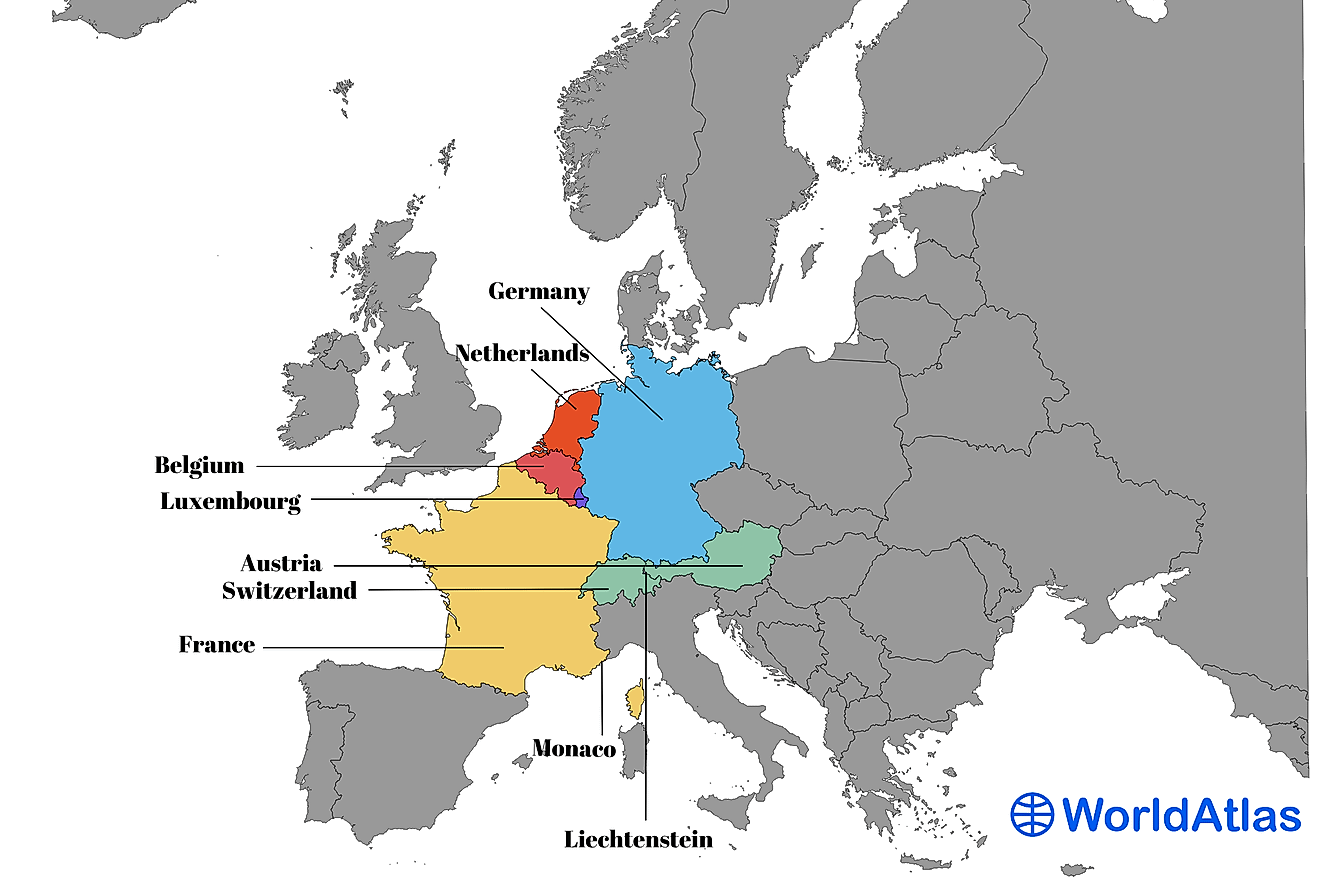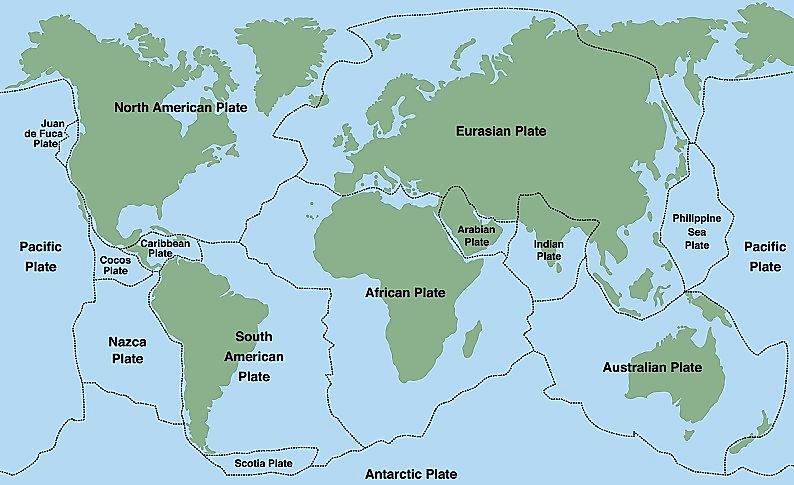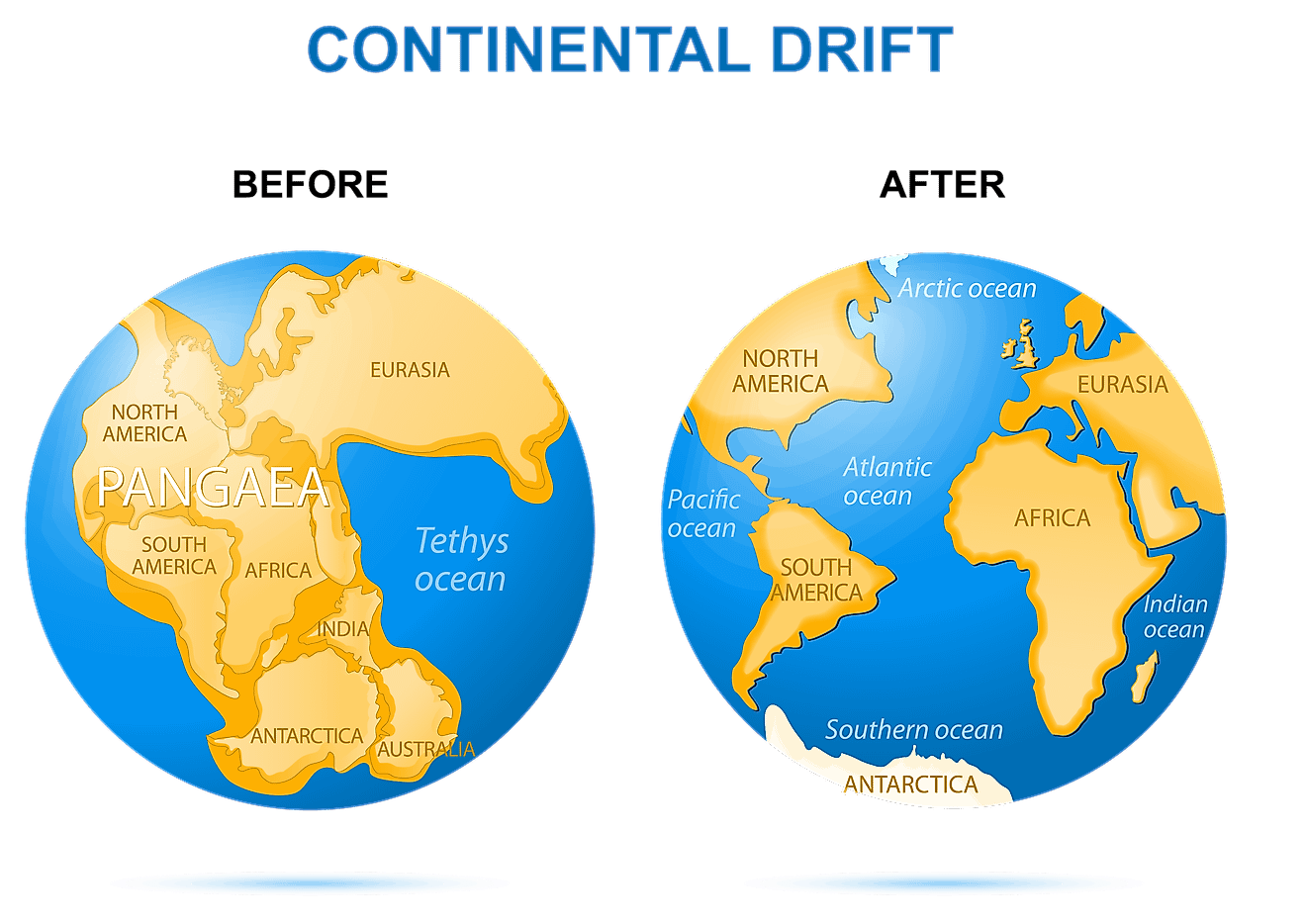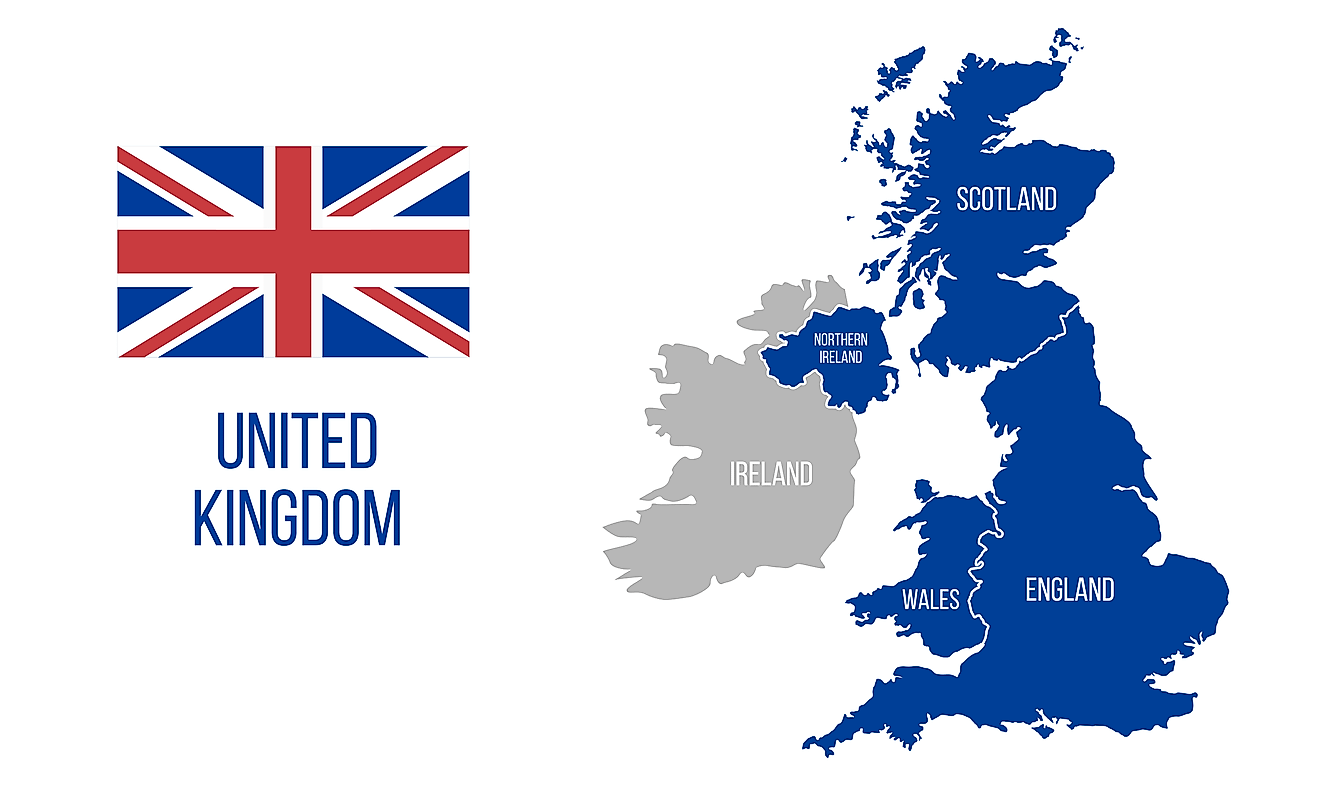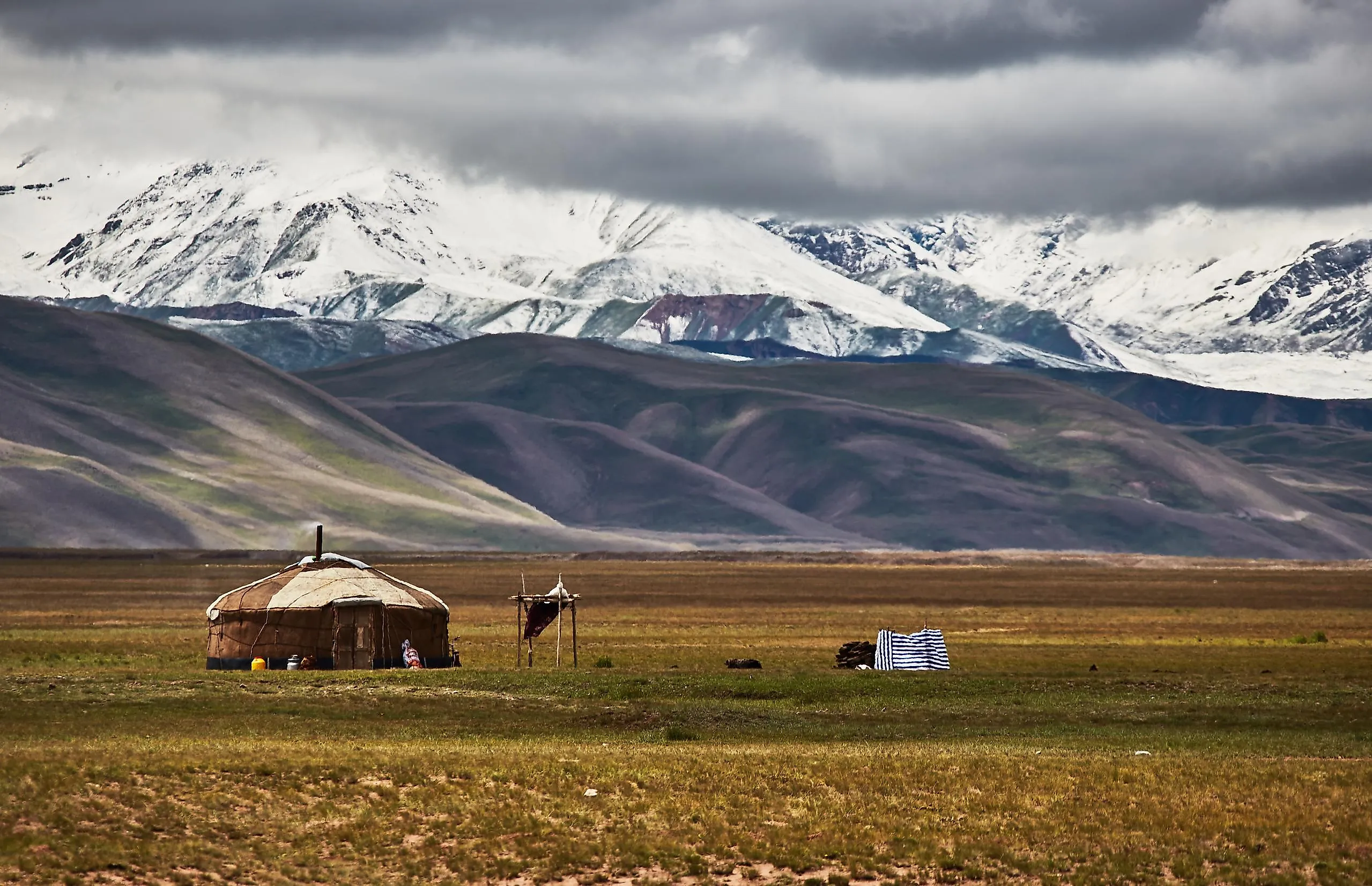
10 Least Densely Populated Countries in the World
A country's livability is determined by geographical features, like location, topography, climate, and natural resources, not size or wealth. For example, suitable topography allows building and easy movement, pleasant climate favors thriving populations, while milder coastal areas facilitate fishing and trade. Population density patterns are also a great example of understanding a country's livability; thus, countries are ranked by population density. Countries located at higher latitudes, especially those with massive territories in the Arctic, are sparsely populated, while highly mountainous countries or those covered by vast deserts also feature low population densities. The article here discusses the world's least densely populated countries.
10 Least Densely Populated Countries in the World
- Mongolia - 2 people/km2
- Namibia - 3 people/km2
- Australia - 3 people/km2
- Iceland - 4 people/km2
- Libya - 4 people/km2
- Suriname - 4 people/km2
- Guyana - 4 people/km2
- Canada - 4 people/km2
- Mauritania - 4 people/km2
- Botswana - 4 people/km2
1. Mongolia - 2 people/km2
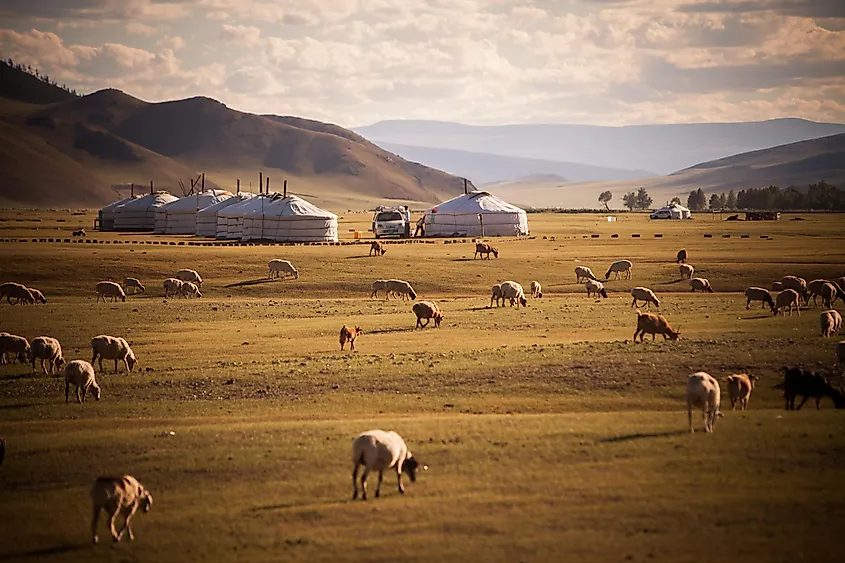
Mongolia is the 19th largest country in the world, with a land area of 1.564 million km2 in Northern Asia. It is also among the smallest nations in terms of population, with about 3,278,290 people and a density of 2.11 people/km2.
The world's most sparsely populated country is landlocked between massive Russia and China. It is about twice the size of Texas and slightly smaller than Alaska. Mongolia comprises a largely steppe, desert, and semidesert landscape, where livestock grazing is the primary livelihood activity of the people. The low population density of Mongolia can be explained by its climatic and geographic extremes. Vast stretches of uninhabitable deserts like the Gobi Desert and treacherous mountains cover vast parts of this nation. The climate is extreme as well, with winters being long and frigid. The capital city of Ulaanbaatar is the coldest capital in the world and home to about 45% of the Mongolians.
2. Namibia - 3 people/km2
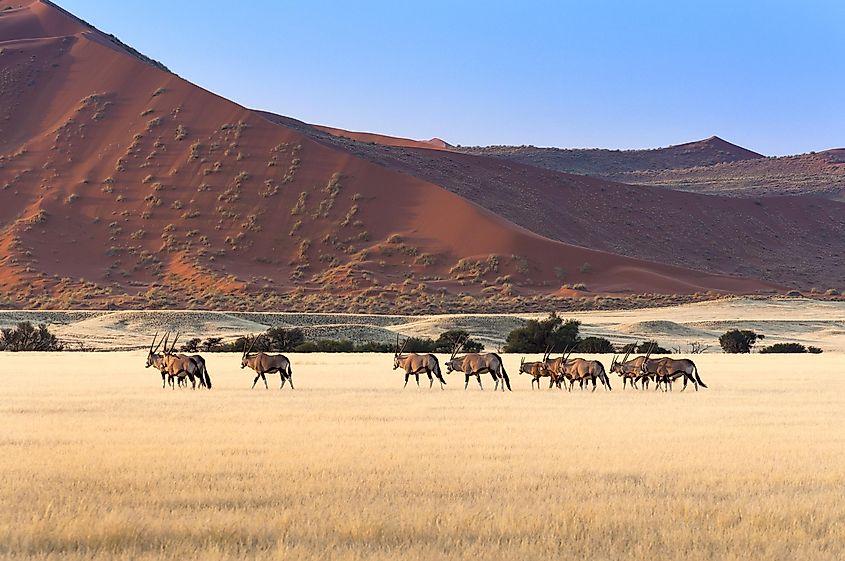
The desert nation in Southern Africa is partially resource-cursed with rich minerals and poor management, worsened by a lack of arable land. The country endures lengthy periods of drought and extreme climate, and Namibians have poor access to water across the desert scape. The country has very little arable land, with just 0.9% of its area being suitable for agriculture. Thus, Namibia cannot sustain its population with local produce but needs to import food from its neighbors.
In addition, the AIDS pandemic wreaked havoc in this country and, in the 1990s, triggered a halt in population growth. Today, it is among the smallest countries by population and 35th largest by size, with a land area covering 824,292 km2, and population density of 3.02 people/km2. Some 55% of Namibians live in rural areas in the north and northeast with easier water access.
3. Australia - 3 people/km2
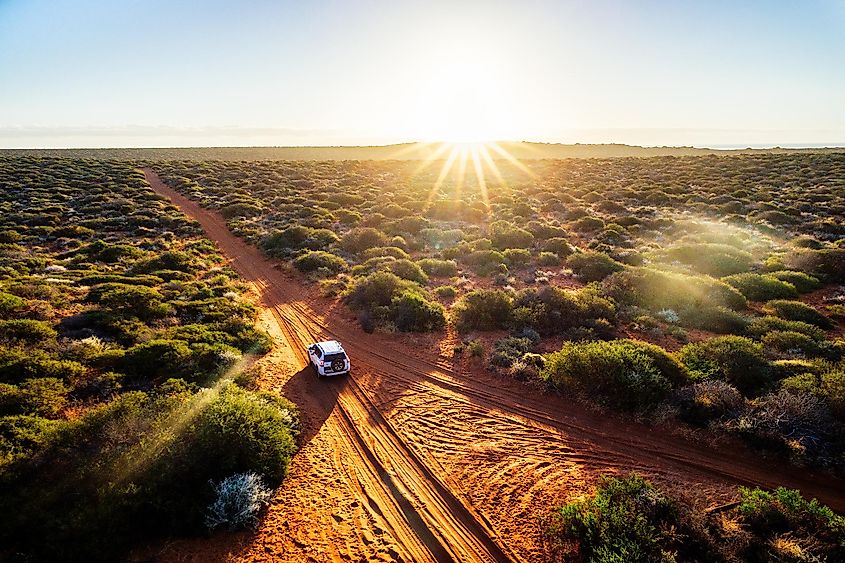
The world's sixth-largest country by area at 7.688 million km2, Australia is also sizable in population, with an estimated 25,499,884 people. With land nearly the size of 48 contiguous United States, Australia maintains a low population density of 3.33 people per km2. The country's population growth of 1.3% from 2015 to 2020 was the 21st slowest in the world.
Most Australians live along the coastline, where densely populated centers dominate the ocean's shores, under a more pleasant climate than the arid inland. The country's center is known for deadly heat waves, prolonged no-rain conditions, and wildfires that make the area highly unlivable. Midland droughts are also intensifying with rising temperatures from climate change caused by global warming.
4. Iceland - 4 people/km2
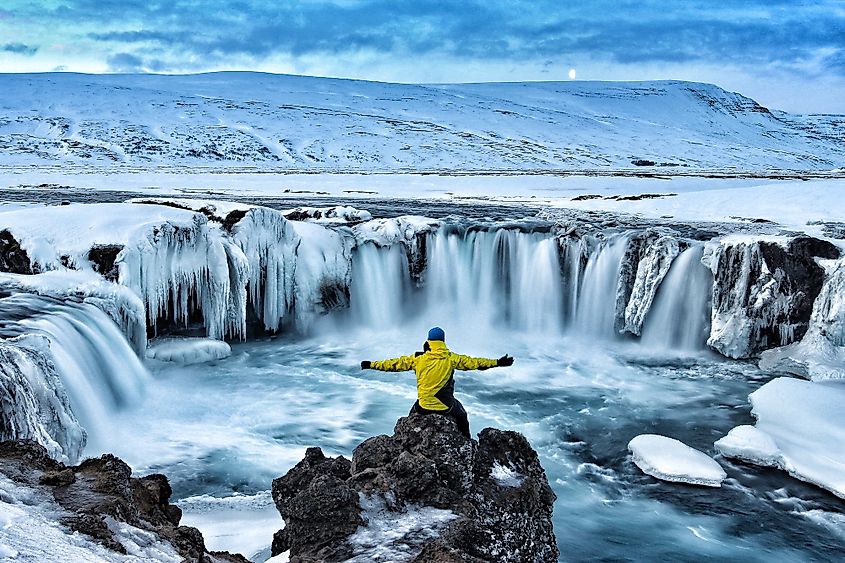
Iceland is the world's third least densely populated country, with a population density of 3.63 km2 and a total area of 103,000 km2. It is one of the world's smallest countries by headcount, with 341,243 people. The population grew insignificantly between 2015 and 2020 by 0.7%, which was the eighth-slowest during that time.
Iceland is Europe's second-largest island, set relatively remote amidst the Atlantic, with isolated scape floating just outside of the Arctic Circle, in-between Greenland and Scotland. Much like its name, a large portion of Iceland's interior features arctic climate conditions, with harsh temperatures leading to a low population in the interior and denser along the milder coastline. Over 95% of Iceland's population lives in coastal urban areas with access to fishing and sea-faring.
5. Libya - 4 people/km2
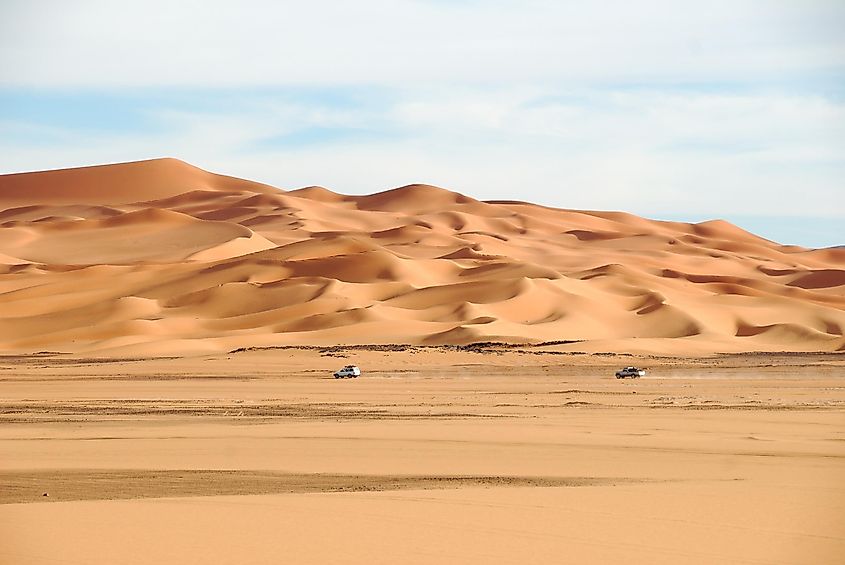
The North African country of Libya is the fifth most sparsely populated country in the world, with a population density of 3.78 people per square kilometer. It is the 17th largest country by land area, covering 1.76 million km2, slightly larger than Alaska. Libya's headcount comprised 6,871,292 people in 2020, a 1.4% increase from 2015 and the 24th slowest population growth.
Much like the rest of the world, most Libyans live along the coastal reaches, with access to water and its resources like fishing and arable land. Libya features a mix of arid and Mediterranean climates, relatively from midland towards the coasts. Its largely barren landscape in the interior occupied by vast stretches of the Sahara Desert, is subject to droughts, with only nomads traversing the virtually uninhabitable desert scape.
6. Suriname - 4 people/km2
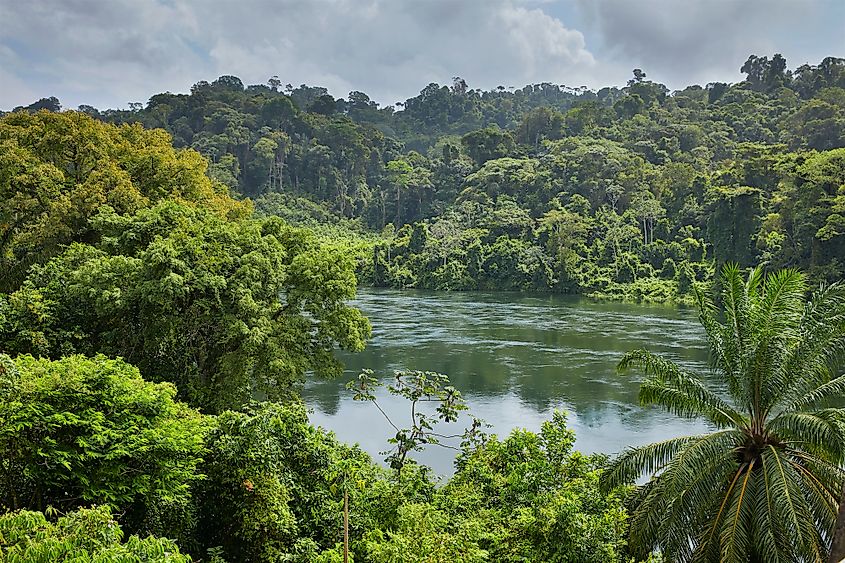
Suriname also has an estimated density of 3.89 persons per km2, with a population of 586,632, one of the world's lowest. It is the smallest country in South America and among the smallest in the world, with an area of only 63,251 mi2. Suriname's population growth between 2015 and 2020 was 1.0%, the 16th slowest in the world.
Around 90% of the Surinamese people live in Paramaribo, its densely populated capital on the Atlantic Coast, along with other coastal areas. Suriname shares a similar landscape with the next-door neighbor of French Guiana, also a sparsely-populated country. Both feature sporadic growth of dense tropical rainforests, especially in the interior. The poor development of the country makes most of this interior resource-rich forested area inaccessible to the people. Combined with poverty, low levels of employment, and high rates of emigration, the population growth is very slow in the country.
7. Guyana - 4 people/km2
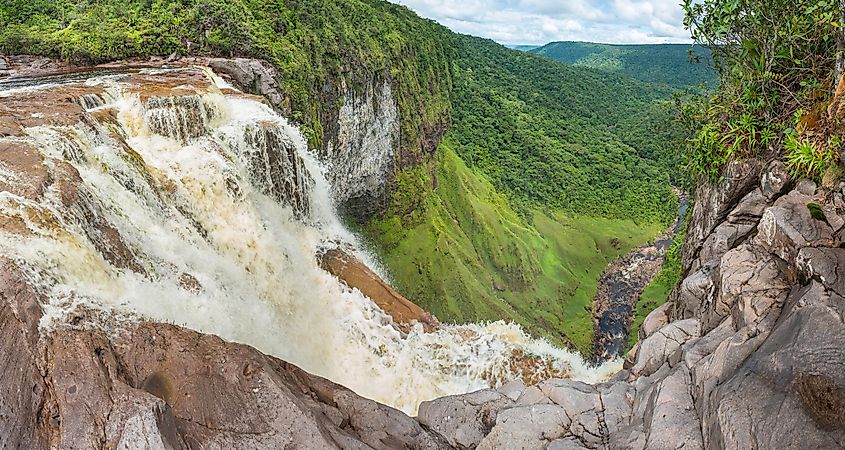
Guyana ranks seventh on this list, with a population density of around 4 people per km2. It is also one of the most lightly-populated nations in South America. Today, over 70 percent of Guyana's coastal population is rural and settled in plantations and villages along the coastal road, with the highest concentration in the area along the Demerara River estuary. Low population density and distribution patterns in Guyana are rooted in historical sugarcane plantations, the backbone of the economy in the nineteenth century. The large sugar estates were geared to export but were confined to the narrow, fertile coast. Even expansion into timber, bauxite, and manganese mining in the interior failed to induce population growth. Most of Guyana's population still lives around the coastal strip constituting only 5 percent of the country's total area.
8. Canada - 4 people/km2
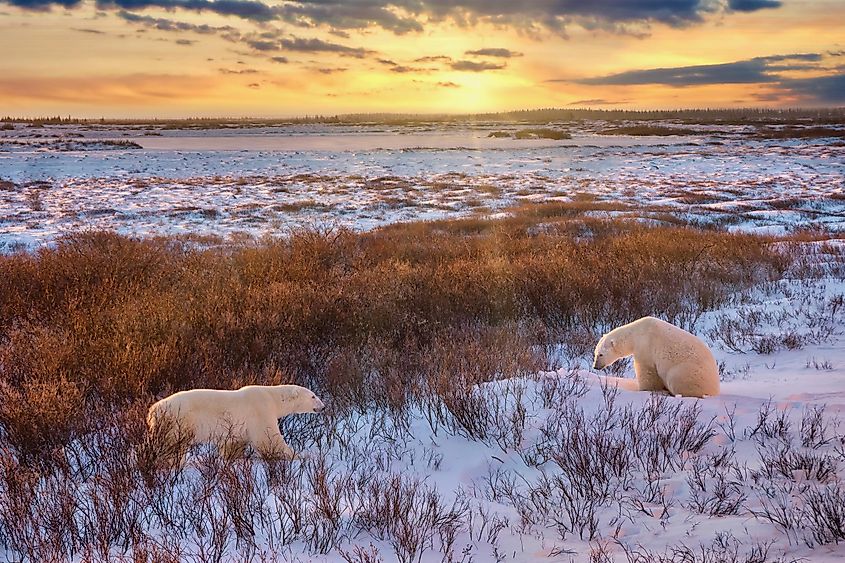
Canada is the eighth least-densely populated country in the world, with a population density of 4.24 people per km2 but an incredible population growth between 2015 and 2020 of 7.28% due to high rates of immigration in recent years. The population of Canada is unevenly distributed across this vast country, with most concentrated along the southern part of the country along the Canada-USA border. Ontario, Quebec, Alberta, and British Columbia are its most populous provinces. Population becomes sparser towards the north with increasing proximity to the Arctic Circle. The extreme northern part of Canada is quite uninhabitable and features vast stretches of tundra landscape populated by only polar bears and other Arctic species.
9. Mauritania - 4 people/km2
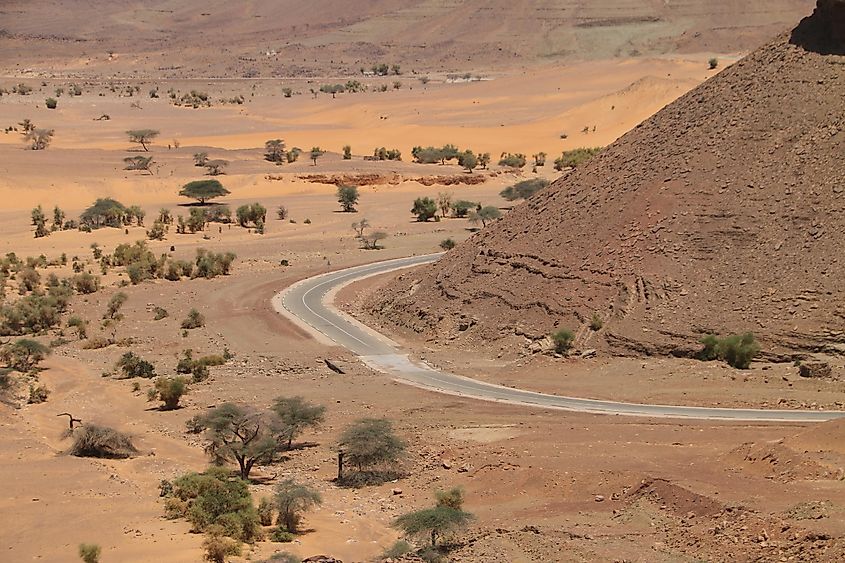
The northwest African country of Mauritania is essentially a desert country, with vast expanses of pastoral land and only 0.5% of arable land. Desert and semidesert landscape comprises three-quarters of Mauritania's area. Drought is common in this country, with climate change making such events longer and more intense. The population of the country is unevenly distributed, with a decreasing trend observed from the western Atlantic coast to inland areas. The population density is thus only 4.36 people per km2.
10. Botswana - 4 people/km2
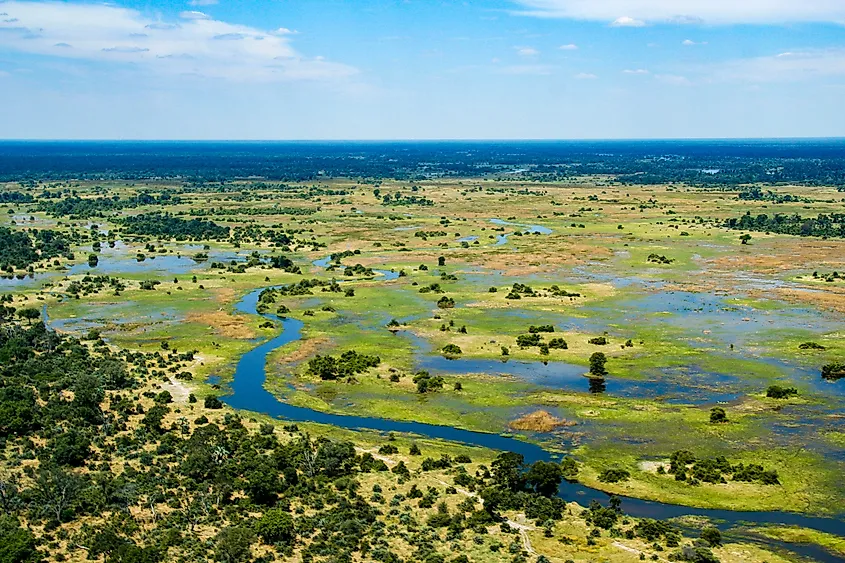
Botswana, a landlocked country in Southern Africa, completes this list at the 10th position and has a population density of 4.49. Over 70% of land in Botswana is covered by the vast Kalahari Desert, where extremes of temperature prevail. High aridity also makes water a costly commodity in the country. Only 0.5% of Botswana's land is arable. All these factors discourage human settlements in Botswana. The country is also inhabited by indigenous communities like the San people who continue to live a hunter-gatherer lifestyle even today.
The low-density countries in the world share many characteristics and have just as many differences in size, population, and location on the planet. They tend to have inclement weather, areas with drought, or remote locales that deem them undesirable for life. Earth's regions under arctic climate and no water access offer the worst living conditions. Yet, although the population is low, the fact that people still survive in these extreme conditions exhibits the resilience and adaptability of the human species, traits that have helped us spread territory in nearly all corners of the globe.
50 Least Densely Populated Countries in the World
| Rank | Country | Population Density (people/km2) |
|---|---|---|
| 1 | Mongolia | 2.115133618 |
| 2 | Namibia | 3.023355075 |
| 3 | Australia | 3.335312311 |
| 4 | Iceland | 3.634463949 |
| 5 | Libya | 3.781637246 |
| 6 | Suriname | 3.891442308 |
| 7 | Guyana | 4.04979426 |
| 8 | Canada | 4.242576785 |
| 9 | Mauritania | 4.364610459 |
| 10 | Botswana | 4.493148413 |
| 11 | Kazakhstan | 6.947314887 |
| 12 | Central African Republic | 8.576551414 |
| 13 | Russian Federation | 8.797354989 |
| 14 | Gabon | 8.897322156 |
| 15 | Bolivia | 11.01833472 |
| 16 | Chad | 13.21847284 |
| 17 | Turkmenistan | 13.30078522 |
| 18 | Oman | 14.67980291 |
| 19 | Norway | 14.76721523 |
| 20 | Argentina | 16.58089261 |
| 21 | Paraguay | 16.65918701 |
| 22 | Congo, Rep. | 16.69743485 |
| 23 | Saudi Arabia | 16.7452549 |
| 24 | South Sudan | 16.78386372 |
| 25 | Belize | 17.31350285 |
| 26 | Mali | 17.39404519 |
| 27 | Finland | 18.19287688 |
| 28 | Algeria | 18.24365706 |
| 29 | Niger | 19.2102621 |
| 30 | New Zealand | 19.33158634 |
| 31 | Uruguay | 19.592538 |
| 32 | Bhutan | 20.25448348 |
| 33 | Papua New Guinea | 21.52903767 |
| 34 | Sudan | 23.79041006 |
| 35 | Solomon Islands | 24.69421222 |
| 36 | Sweden | 25.42072337 |
| 37 | Zambia | 25.46135272 |
| 38 | Brazil | 25.50762538 |
| 39 | Vanuatu | 25.56890894 |
| 40 | Chile | 25.95761178 |
| 41 | Peru | 26.01934063 |
| 42 | Somalia | 26.36053177 |
| 43 | Angola | 26.81357664 |
| 44 | Eritrea | 29.37742603 |
| 45 | Latvia | 30.53911297 |
| 46 | Estonia | 31.09992982 |
| 47 | Lao PDR | 31.71316724 |
| 48 | Venezuela, RB | 32.30026983 |
| 49 | Kyrgyz Republic | 34.30604797 |
| 50 | United States | 36.23984468 |
Worldbank data
